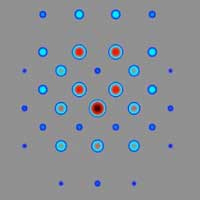 Light interacts with itself to form self-sustaining waves in an artificial topological material.
Light interacts with itself to form self-sustaining waves in an artificial topological material.
Monday, June 22, 2020
Geometry of intricately fabricated glass makes light trap itself
 Light interacts with itself to form self-sustaining waves in an artificial topological material.
Light interacts with itself to form self-sustaining waves in an artificial topological material.
Fluorocarbon bonds are no match for light-powered nanocatalyst
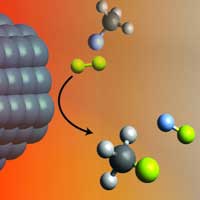 Engineers have created a light-powered catalyst that can break the strong chemical bonds in fluorocarbons, a group of synthetic materials that includes persistent environmental pollutants.
Engineers have created a light-powered catalyst that can break the strong chemical bonds in fluorocarbons, a group of synthetic materials that includes persistent environmental pollutants.
Purifying water with a partly coated gold nanoparticle
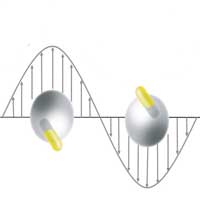 'Janus' nanorods convert light to heat that can destroy pollutants.
'Janus' nanorods convert light to heat that can destroy pollutants.
Design method may boost semiconductor performance by better handling heat
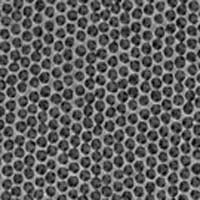 Researchers report that a fabrication technique may offer a path toward mastering the often chaotic flow of heat carriers at the nanoscale in silicon and other semiconductors.
Researchers report that a fabrication technique may offer a path toward mastering the often chaotic flow of heat carriers at the nanoscale in silicon and other semiconductors.
Strainoptronics: A new way to control photons
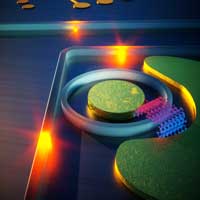 Researchers create first efficient 2D material photodetector for telecom wavelengths.
Researchers create first efficient 2D material photodetector for telecom wavelengths.
Robotic soft matter mimics living creatures (w/video)
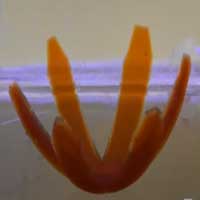 When hit with light, the film-thin materials come alive -- bending, rotating and even crawling on surfaces.
When hit with light, the film-thin materials come alive -- bending, rotating and even crawling on surfaces.
World's fastest Bose-Einstein condensate
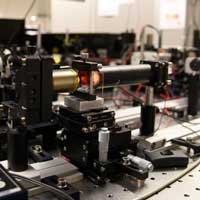 Researchers have created a Bose-Einstein condensate with record speed, creating the fascinating phase of matter in about 100 femtoseconds.
Researchers have created a Bose-Einstein condensate with record speed, creating the fascinating phase of matter in about 100 femtoseconds.
A fresh twist in chiral topology
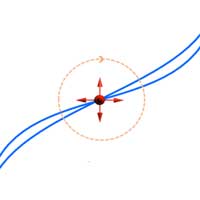 Electrons in chiral crystals, solid-state materials with definite handedness, can behave in unexpected ways. An interdisciplinary research team has realized now a theoretically predicted peculiar electronic state in a chiral compound, PtGa, from the class of topological materials.
Electrons in chiral crystals, solid-state materials with definite handedness, can behave in unexpected ways. An interdisciplinary research team has realized now a theoretically predicted peculiar electronic state in a chiral compound, PtGa, from the class of topological materials.
Subscribe to:
Comments (Atom)
